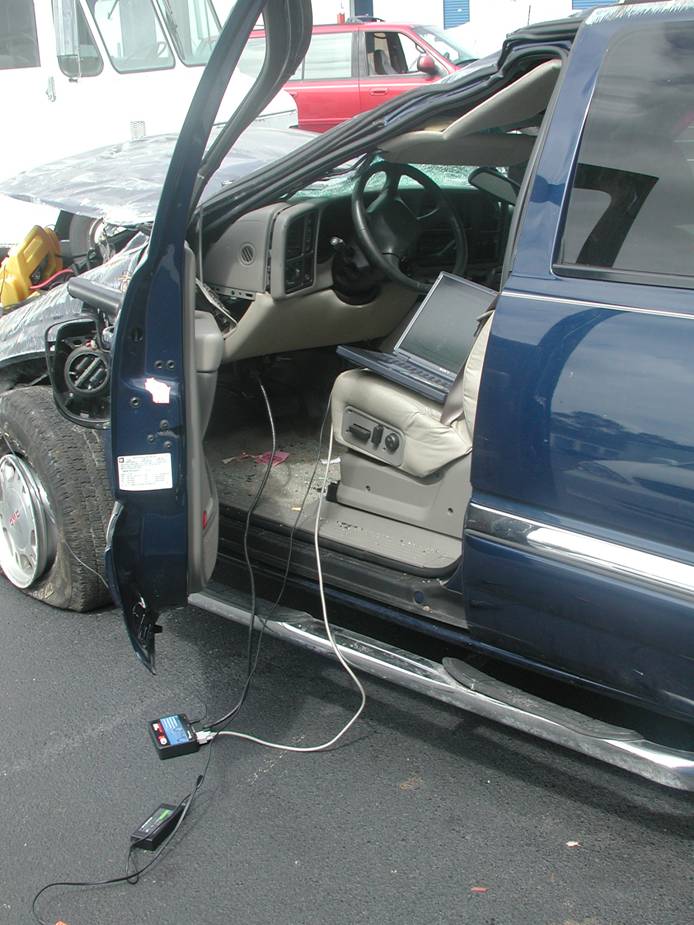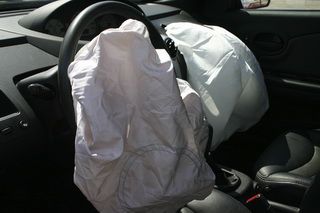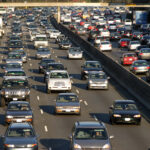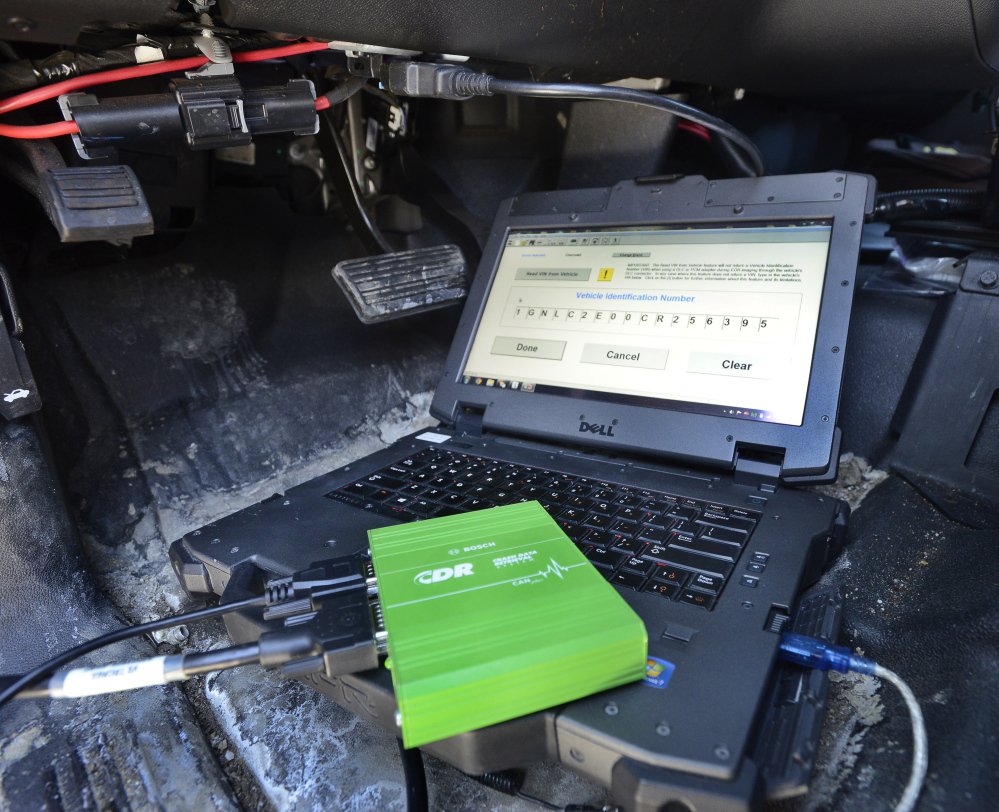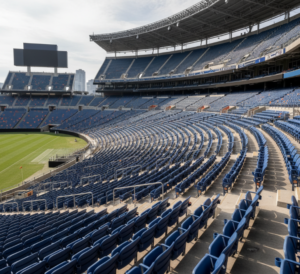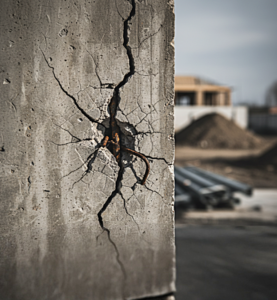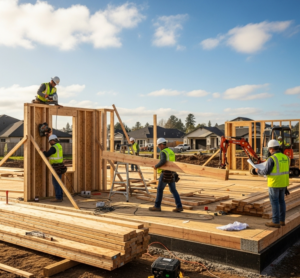Outside the accident reconstruction community, confusion exists as to exactly what consistent information vehicle crash data retrieval systems (CDR’s) can download from electronic control modules (ECM’s), to reliably offer the insurance and litigation community support in their work.
Why the confusion?
Largely, it seems, because public and industry debate on the topic over the past few years has government regulation growing as successive production model years of vehicles equipped with the gear hit the road. This has created a situation in which, though compliance nears 100% on new vehicles, non-compliance is great within the ranks of ‘pre-standard’, grand-fathered vehicles exempt from provisions until they’re retired. Because of this evolutionary implementation, no single CDR system exists to download and analyze all data from all equipped vehicles. Instead, multiple devices and adapters are needed, the most versatile of which – according to Polk Data – works with no more than half of equipped vehicles.
Vehicle crash analysis uses CDR equipment to image saved vehicle data: pre-crash speed, engine throttle, brake use, velocity change, driver safety belt, seat occupancy and airbag data to establish objective vehicle operation facts leading up to an accident. In addition to these metrics, the CDR systems can contribute: steering angle, cabin rotation, tire traction, ambient lighting and exterior moisture data from cars equipped with optional features such as: drive-by-wire throttle, rollover warning, skid compensating, auto-illuminating and directional headlights and wiper control systems.
How does crash data event downloading work?
After an accident, the equipment is connected to universal data ports (DLC’s) and the data from vehicle’s onboard electronic control module saves copies to the connected device; depending on the vehicle it will save 2 ½ seconds to up to 6-minutes of data. The process requires the proper equipment, knowledge and experience to successfully and reliably collect data from a vehicle. The process requires the particular make, model and production year, then an ‘image’ of the data is created, converting the electronic data stream into a report itemizing and quantifying each of the metrics listed before. This, largely incontestable data, can be input by qualified forensic engineers with site data and other software programs to deduce a logical event timeline on the accident and create an animation or simulation of the accident, if events are in dispute. It can also be used in arbitration and mediation through interrogatories and depositions to contest feigned injuries and establish true liability.
How can it be proven that another driver crossed the center line causing an accident? Steering angle, can be logically combined with other measurements to show when and where the driver crossed the center line. Delta-V, or velocity, change from the airbag module can impeach testimony of feigned injuries by reporting insufficient force for likely injury causation. Seat sensors can disapprove vehicles allegedly hit while ‘unoccupied’ by combining power train data to show the vehicle was being operated when the damage occurred.
As such, data from vehicles can be a ‘two edged sword’ in cases, both disproving fraudulent assertions and exonerating parties with lesser corroborating witness testimony, and privacy disputes continue to arise over the collection and publication of this data before courts.
Ultimately, legal counsel drives CDR’s evidence collection, admissibility and presentation, but it’s forensic engineers and accident reconstructionists who are trained, knowledgeable and experienced in making the most of this data for the best claims and litigation outcomes.
Introducing Senior Mechanical Engineer Thomas Saunders, P.E.
Please view his full profile and background.
